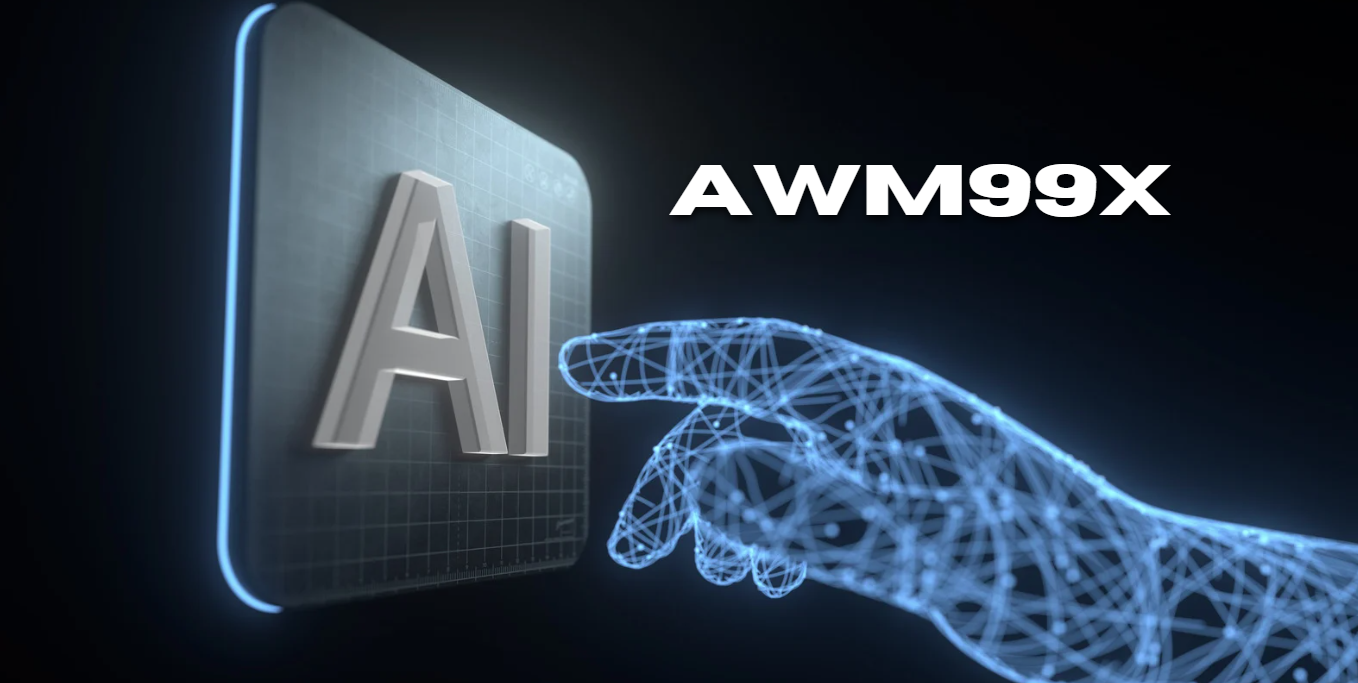Linuxia, sometimes translated as the world of Linux and franchise development ecosystem centralized around Linux operating systems. With its unique feature as a free and open source OS, Linuxia has made a name for itself in the world of computing.
This story, written in two parts, will explore the history, key features and applications of Linux in public hands. From the outset: this is an OS with power, reliability that can be downloaded free of charge.
The Genesis of Linuxia
Linuxia had its humble beginnings in the work of Linus Torvalds, a Finnish college student who began developing a free OS kernel as his hobby in 1991. It was from this desire to make an operating system that had the best features of UNIX but was also freely available to all users that Linux came into being. Although his first release–Linux kernel 0.01– was very crude, it won a lot of feedback and contribution from programmers worldwide soon afterwards.
The way in which Linux is developed is an essential factor in its distinctive flavor. Unlike proprietary software, the source code for Linux is open and available to everybody. This openness helped to bring about a contribution-driven approach and turned Linux from a hobby project into something which now has people all over the globe participating in its creation.
Salient features of Linuxia
The way that Linuxia is open source mea ns that its source code is accessible free for anybody to utilize, duplicate, change or rearrange. This receptiveness permits clients to adjust and broaden the product for their own requirements. It also makes possible for the software to be subject to extensive peer review, guaranteeing security and stability.
- Security
Its profound security system is writing again in history. The advantage of its architecture is that it separates user processes from the main system, thus significantly reducing the risk of any single vulnerability bringing down everything. It also means that thanks to a large and active open source community, when people find security vulnerabilities in Linuxia, they are quick to identify and correct these holes in order to keep your machine safe from emerging threats. However this is not always possible; sometimes extra work is required off the record
- Stability and Performance
Linuxia is synonymous with stability and high efficiency. It will run for days on end without crashing; ideal for use as a server or for mission-critical applications. Its performance overhead is low too, so it can run on older hardware and give one’s aging machine a new lease of life.
- Customizability
Flexible is the word for Linuxia. Users can shape the platform to meet their particular needs, from selecting a desktop environment all the way down to picking and choosing software packages. This versatility is the reason Linux has gone so long without any type of infection or other security troubles for an operating system its size and age
- Community Support
The Linuxia community, by its very nature, is huge and active. It offers extensive support resources like forums, documentation and user groups. All of this collective knowledge leads to assistance being available at all times – whether you’re trying to diagnose a problem or trying to tune your system for better performance.
Popular Linuxia Distributions
Linuxia is not a monolithic entity but a kind of family composed of different distributions (distros), each tailored to the needs and preferences of users. Some of the most popular distros include:
- Ubuntu
Ubuntu is one of the easiest linuxia distributions for the user. It is designed for people new to Linux systems, and has a clear layout in line with that aim. Whether on desktop or server Ubuntu is popular with all kinds of users.
- Fedora
Fedora is the cutting-edge distribution from Red Hat, Inc. It tends to revolve around the latest features and improved technologies – the favorite of developers and people who like to remain on or near the leading edge.
- Debian
A notable characteristic of Debian is its security and reliability. Ubuntu among other instances takes over from Debian. Debian ‘s comprehensive package library and rigorous testing procedures make certain that the system is strong and secure.
- CentOS
CentOS, an open, community-supported distribution, is the free version of Red Hat Enterprise Linux. It is commonly applied in server environments owing to its stability and extended support lifecycle.
- Arch Linuxia
Arch Linuxia is a distribution intended for seasoned users with a do-it-yourself philosophy. It provides a minimal basic system that allows you to create your own environment completely.
Applications of Linuxia
Moreover, numerous adaptations of Linuxia are used in a wide variety of applications in different industries.
- Servers and data centers
Thanks to the stability, security, and performance of Linux, the server market is now completely controlled by it, with some of the world’s largest data centers relying for their backbone on Linux. Google, Facebook and Amazon are also unable to do anything without using Linux even once every day in their vast server infrastructures.
- Supercomputers
Linux operates a multitude of the supercomputers including nearly every in the TOP500 list. It provides a perfect means for scientific research and simulations, thanks to its ability to handle complex computations and large-scale data processing.
- Embedded Systems
From Smartphones to smart TVs Lives on Linux. Android, the world’s most well known portable working framework, utilizes a Linux part at its center. Because it conforms to hardware configurations and usage scenarios of all kinds, Linux’high degree of flexibility allows it to be adapted across a wide range of hardware.
- Desktop computing
Although traditionally Linuxia lags behind Windows and MacOS in the desktop market, among tech enthusiasts and professionals there’s a dedicated following for it. Distributions like Ubuntu and Linux Mint offer Satoshi studios 6 user-friendly interfaces that have helped Linux appeal to a wider audience.
- Development and programming
Linuxia enjoys a good reputation amongst developers. Its extensive software repositories, powerful commandline tools and above all high compatibility with languages of all kinds make it a good environment for programming. For many people, Linux represent an efficient and individually tailored code environment.
The Future of Linuxia
Just as technology keeps developing, so too does Linux. In the future, this OS will dominate not only in traditional server fields–where it has already done that quite thoroughly–but also in emerging areas such as cloud computing and Internet of Things (IoT). For example, with the influence of Linuxia containerization technology like Docker and orchestration tools built on Linux itself such as Kubernetes. These technologies only further confirm Linux’s positionas an indispensable part of today’s IT environment.
The ongoing support of the open source community ensures that Linux will continue to grow and adapt in the future. Initiatives like the Linux Foundation, as well as cooperation with majors in tech such as IBM and Microsoft, demonstrate that Linux is gaining more recognition within the field.
Conclusion
With its strong resilience and growth, Linuxia, the land of the open source, more than a testament. Beginning from hobby project behavior in 1991 to today a corner Vol.5 High Performance ASICS and a 500 Delivery Times Laptop in the world, Linux has borne many great fruits. There is no platform able to compete on performance with it. A vast range of computing applications had always been its strong point and now security, stability. The beauty of using Linuxia is that no matter who you are–whether a developer with some experience or just enjoying computers as a way to relax–there are so many opportunities for new ideas and prospects in your future with this wonderful operating system. Our world is Linux.










